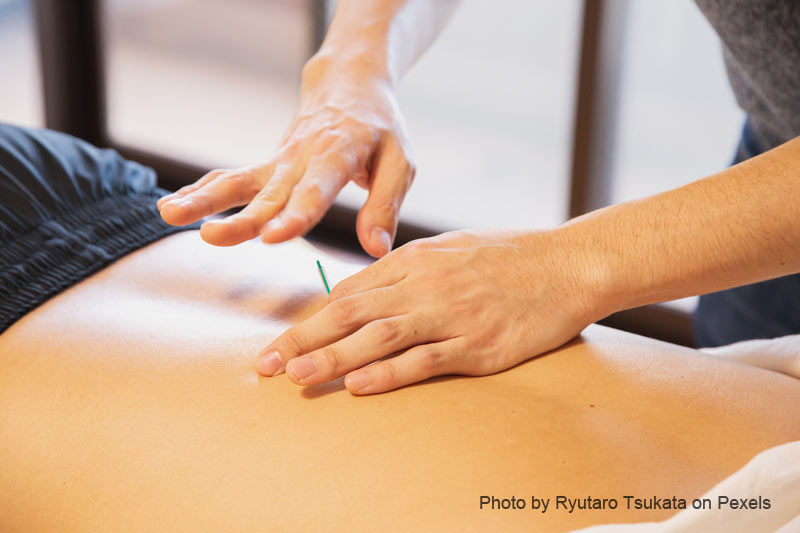
The ancient Chinese practice of acupuncture has proven effective for many patients over the last several thousand years. Even with all of the advances in modern technology and innovation, acupuncture remains as effective – and sometimes more so – than some Western treatments. However, there are multiple forms of acupuncture, each of which is administered differently and may provide different health benefits.
Acupuncture works by inserting thin needles to release tension at different points of the body and increase blood flow. This practice spurs a healing response from the body, often relieving pain and reducing symptoms of many illnesses, such as migraines, arthritis, dementia, and morning sickness. And unlike many other modern treatments, such as pharmacotherapy, acupuncture comes with very few side effects when administered by a reputable practitioner.
There are eight methods that are commonly used today and several others that are used to a lesser degree. These include:
- PulseRegulatingAcupuncture: Utilizing pulse diagnosis is one of the main diagnostic methods used by ancient practitioners. From the pulse diagnosis, practitioners can easily understand the disease’s characteristics and severity. Thus, it is one of the indispensable diagnostic methods in Traditional Asian medicine. The heartbeat appears as a wave and this wave has many other meanings including acupuncture meridians and energy flow within. And practitioners can understand the status of health of a person by feeling this pulse. And place acupuncture needles on certain points to balance Qi and facilitate the flow of Qi.
- TraditionalChineseAcupuncture: This type of acupuncture relies on placing the needles from all median points on the body. Generally speaking, this type of acupuncture will focus on a specific area of the body or specific condition. Traditional acupuncture is good for treating illnesses such as depression, migraines, restless sleep, and pain. It is effective because it releases stress at the meridian points of the body.
- JapaneseAcupuncture: Japanese acupuncture differs from traditional Chinese acupuncture in several ways. The needles are often placed at a much more shallow depth than other forms of acupuncture. Additionally, rather than focusing on one illness or area of the body, it focuses on the entire body. This method is relatively painless and often works well for individuals who are very sensitive to pain or want to gradually ease into other forms of acupuncture. After a session, patients often feel a continuous calming effect.
- KoreanHandAcupuncture: Korean hand acupuncture is a great way to ease pain in the hands related to repetitive motions. During this therapy, the acupuncturist will insert between twenty and thirty needles into the hand and leave them there for up to a half hour for maximum effect.
- CuppingTherapy: Cupping uses either rubber or glass suction cups, rather than needles, to increase circulation to certain areas of the body. The suction from the cups provides pain relief, eliminates toxins, and reduces inflammation. This type of treatment can be combined with acupuncture.
- ScalpAcupuncture: Scalp acupuncture uses needles that penetrate the skin on your head, which can stimulate and revitalize brain function. It is used to address conditions that affect the brain, such as dementia, stroke, and post-brain surgery therapy.
- AuricularAcupuncture: Auricular acupuncture uses a similar process as scalp acupuncture, although the needles are inserted just in the ear, which contains acupuncture points to other parts of the body. This acupuncture method is thought to trigger neurotransmitters and hormone releases that relieve pain, mood swings, allergies, and hypertension.
- MoxibustionAcupuncture: Moxibustion acupuncture is often considered a much more relaxing experience than other acupuncture methods. It involves heat in addition to the needles. A practitioner will light mugwort herb over the needles during the therapy. This process warms the meridians to improve circulation and digestion. This method is often used to treat pain, anxiety, insomnia, and respiratory illnesses.
- Electroacupuncture: Electroacupuncture is generally used to treat chronic pain. With this method, the practitioner will send an electric current between two needle points using small clips and acupuncture needles. The electric current improves circulation, boosts the body’s natural pain response, and increases energy flow between the points.
In addition to these commonly-used methods, there are other forms of acupuncture, such as:
- Trigger point acupuncture
- Five Element acupuncture
- Motor point acupuncture
- Tan acupuncture
- Master Tung acupuncture
- Micro acupuncture points
With so many options to choose from, it can be difficult to decide which form of acupuncture is best to treat your illnesses or conditions. In some instances, you may benefit from multiple forms of acupuncture. To learn more about the best method of acupuncture for you, contact MK Integrative Wellness today.
MK Integrative Wellness offers various natural medicine options that use naturopathic medicine and Traditional Asian principles, from consultations, acupuncture, customized herbal formulations, natural pain management, and more. Our team can help you to manage your health and wellness through natural medicine options proactively.
